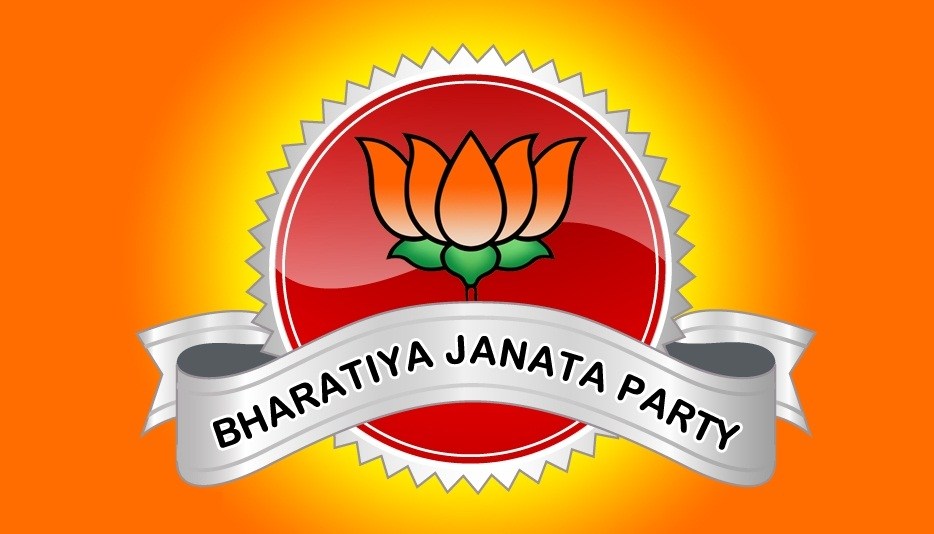Part 2 of 2 Parts (Please read Part 1 first)
India alone plans to bring onstream an additional fourteen gigawatts of conventional nuclear capacity by 2032. By 2033, India wants to build five indigenously developed small modular reactors. These could fill niche power requirements although their contribution to total power generation would be modest.
India’s nuclear power industry is now being opened up to private-sector capital both at home and from abroad.
India paved the way for a nuclear energy partnership with the U.S. in a landmark deal twenty years ago. The two countries agreed in 2019 to build six U.S. nuclear power plants in India.
Those power plants never got built, in part due to issues surrounding India’s liability law. However, the U.S. government has recently begun removing roadblocks to forge deeper energy ties with New Delhi.
On the domestic front, Indian major utility companies including Tata Power, Vedanta, Reliance Industries have already held preliminary talks.
There is a lot of ground for nuclear power to make up in India, however, and it may remain below its targets into the next decade. India needs to more than double its non-fossil fuel capacity to achieve its aim of five hundred gigawatts of clean electricity capacity by 2030, from the current two hundred and eight gigawatts.
The drive into renewables such as solar and wind power is losing steam, however, due in large part to concerns about reliability and a lack of battery storage. This puts even more pressure on the expansion of nuclear power. Solar power output last year grew at its slowest pace since India made international commitments to fight climate change in 2015, while annual wind power output fell for the first time since 2020.
Indian Prime Minister Narendra Modi took to social media platform X after local election results showed his party regained power in the nation’s capital for the first time in twenty-seven years. He said, “It is our guarantee that we will leave no stone unturned in developing Delhi, improving the overall quality of life for the people.”
Modi’s Bharatiya Janata Party and its key opponent, the Aam Aadmi Party, had both promised large cash grants in the election campaign.
The BJP proposed monthly payments of twenty-eight dollars to underprivileged women in the Delhi area and a one-time payment of two hundred and forty-two dollars to every pregnant woman, among other giveaways.
India’s central bank cut rates last week for the first time in nearly five years but signaled it would take a data-driven position on any future moves.
Global uncertainty prevented the Reserve Bank of India from changing its position to “accommodative” from “neutral”, Governor Sanjay Malhotra said in his policy review last week. Malhotra said that the central bank would remain “agile” in providing adequate liquidity to the banking sector and was not aiming for a specific rate for the rupee.
Bharatiya Janata Party
Nuclear Reactors 1478 – India Is Working On Major Expansion Of Nuclear Power – Part 2 of 2 Parts

